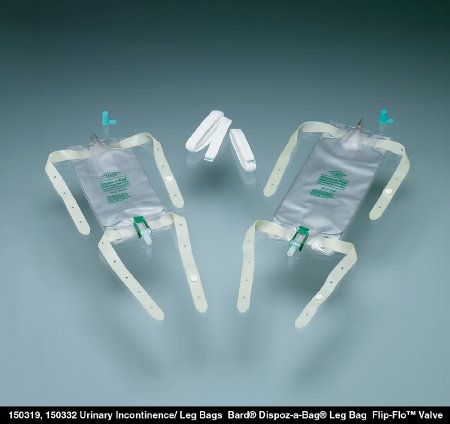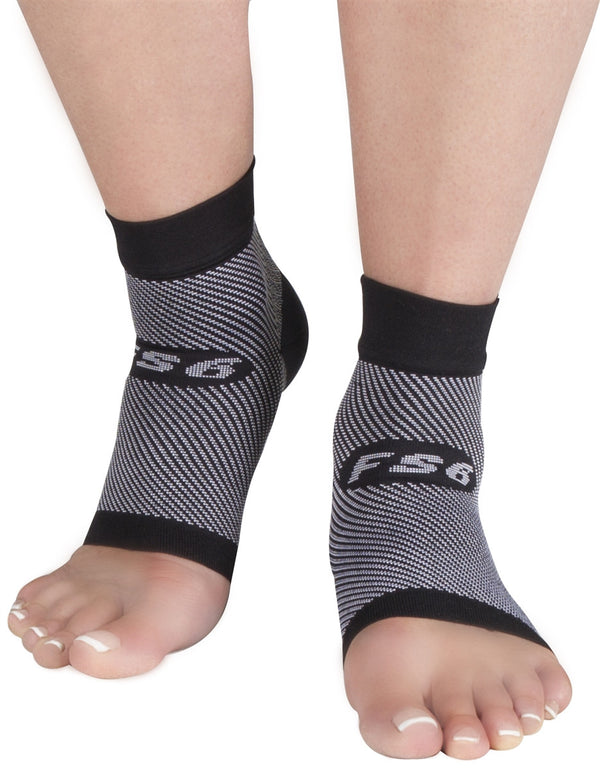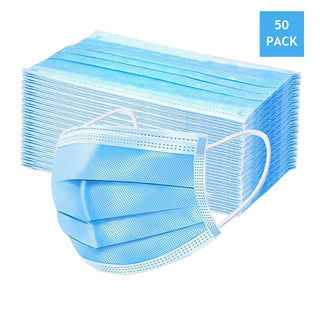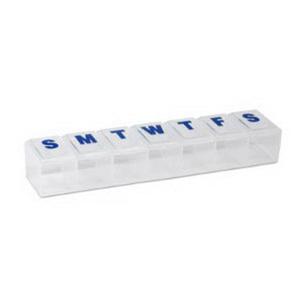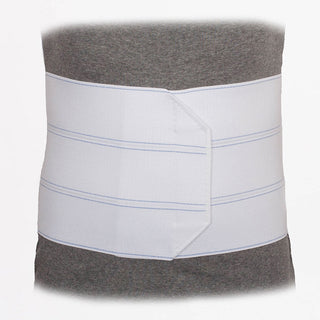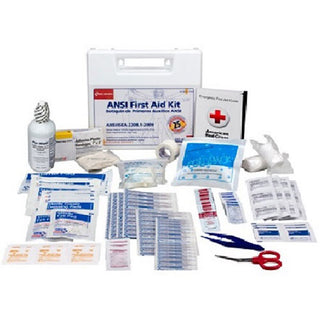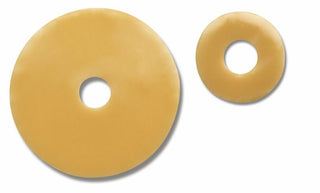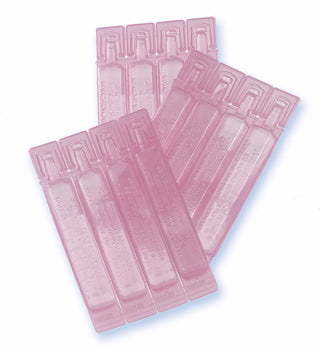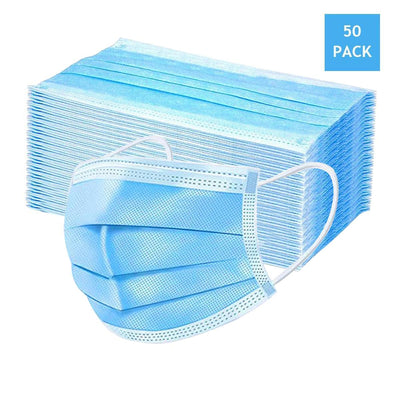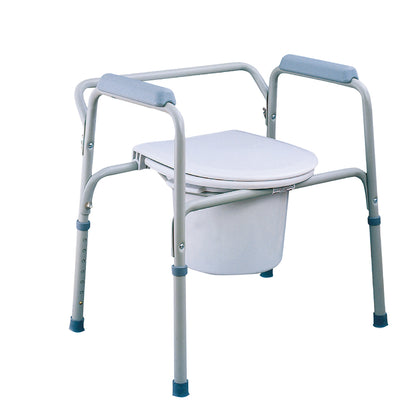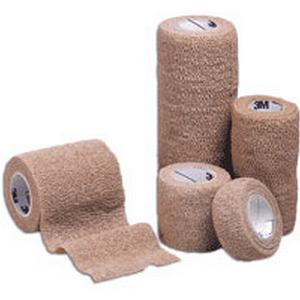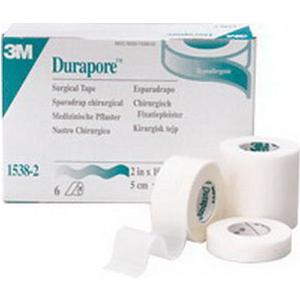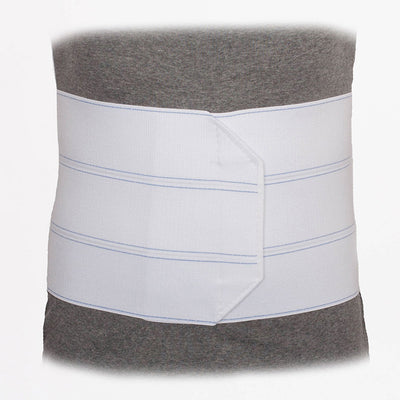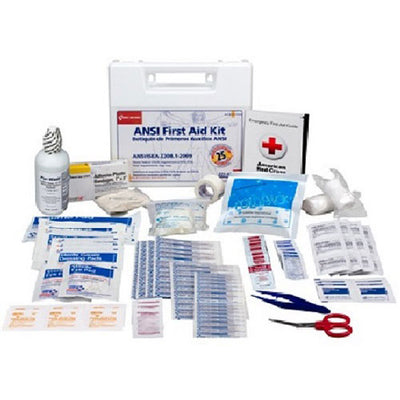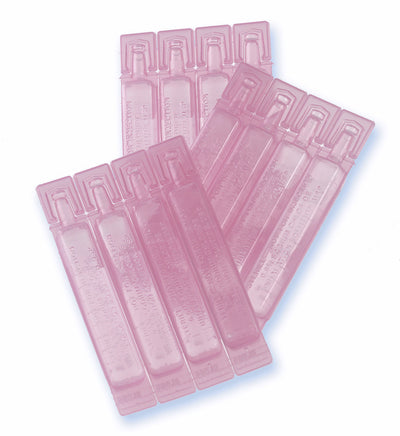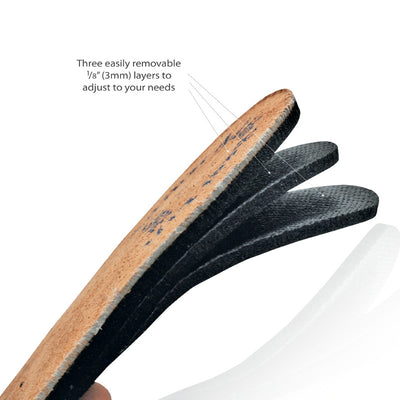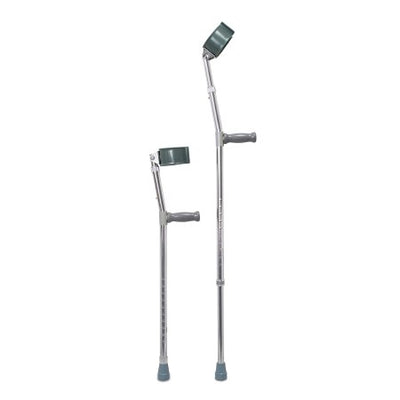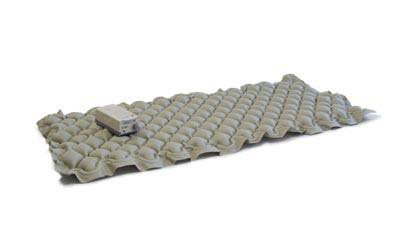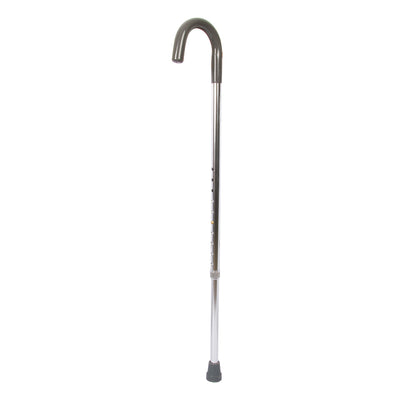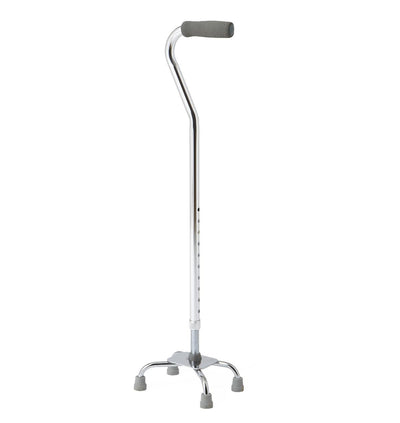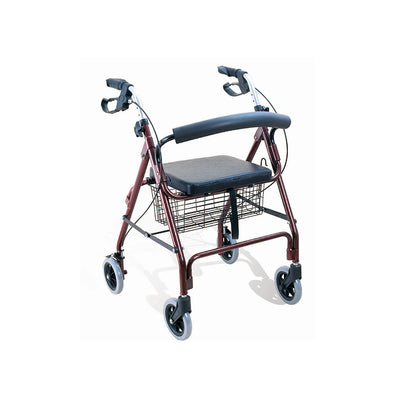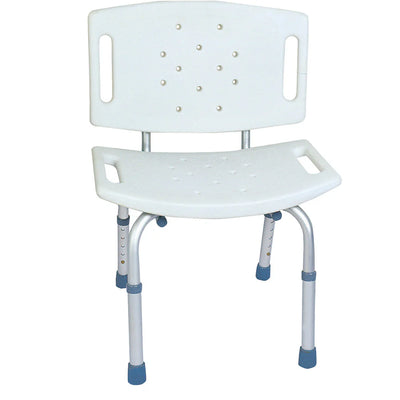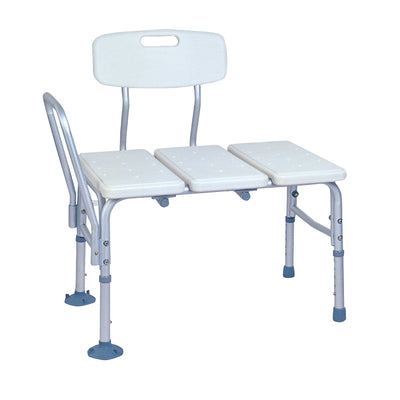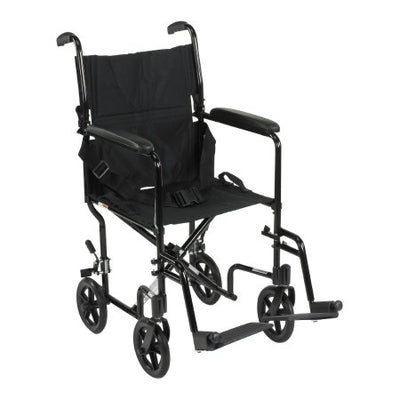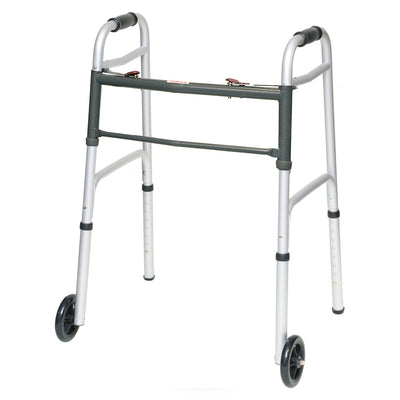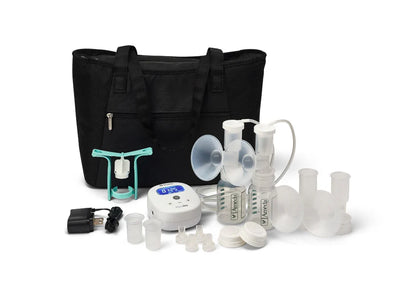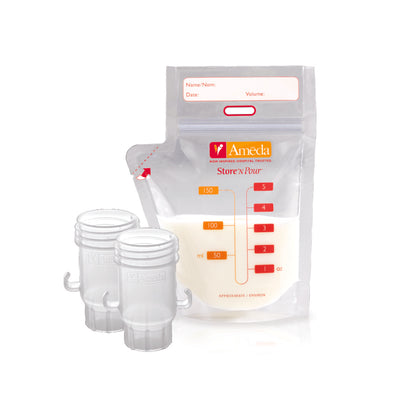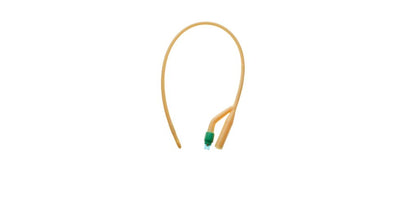Are you adjusting to the use of a catheter and finding it uncomfortable? Switched to a new product and are experiencing problems? Or maybe you’ve been using catheters for a while and some new problems are arising?
A little bit of discomfort is common when you first begin using a catheter and occurs with some people when they switch to a new product. It is also common for a seasoned user to occasionally experience problems with their catheters or accessories. Most of these problems can be solved with simple changes, but it is also important to identify when a problem is serious and should be called in.
Here's how to deal with the most common catheter problems, and how to know when to go to the doctor.
1. Catheter-Associated Urinary Tract Infections (CAUTIs)
Catheters, indwelling urinary catheters, in particular, are the leading cause of healthcare-associated UTIs.
Many of us have already had a UTI in the past. You'll recognize it by:
- -burning or tingling feeling when urinating
- -lower back or lower abdomen pain or pressure
- -frequent or intense urge to pee
- -small amounts of blood in the urine
- -foul-smelling urine
Preventing UTIs is your best defense against CAUTIs. This requires you to keep your catheter and the skin around it clean. Make sure you also drink plenty of water to avoid dehydration and maintain a healthy urinary tract. Additionally, cranberries are great for your urinary health.
2. Pain or Discomfort
Pain or discomfort is not uncommon, especially when you first begin to catheterize. As you get used to catheterizing the discomfort and pain should diminish. However, you can also take steps to reduce the pain and discomfort.
1) If you’re having problems inserting the catheter, never force the catheter in. This can create a false passage and can cause even more pain and problems. Take it out and start over, if you can’t get it the first time.
- -Hydrophilic or pre-lubricated catheters can make the process easier and reduce friction due to the 360-degree coating of lubrication.
- -Closed system catheters are the safest and most convenient way to catheterize and are great for reducing infection.
- -A Catheter that has polished eyelets. These catheter’s drainage eyelets are smooth to the touch and significantly reduce the friction from inserting and removing.
3) If you’re a man you may need a coude tip catheter, this makes catheterizing easier because they are designed to get around an enlarged prostate or strictures.
Remember, if you continue to feel pain or experience any bleeding, talk to your doctor.
3. Leakage Around the Catheter
A small amount of leakage is not uncommon and may occasionally occur. However, it is something you should mention to your healthcare provider as it could be a sign of bladder spasms or incorrect sizing. Sometimes if the catheter French size is too small there will be some leakage. This is an easy fix and increasing your French size should resolve the issue.
4. Urine Is Not Draining or Draining Poorly
If the proper steps are followed and your catheter is inserted correctly you should have a steady flow of urine. Here are a few ways you can improve drainage:
- -Make sure there are no twists or kinks in the catheter
- -If using a drainage bag, ensure it is attached correctly and is positioned below the bladder
- -Drink plenty of fluids, water is recommended.
- -Lubrication may be blocking the eyelets; however, the lubricant should dissolve after a minute or two and urine should flow normally.
- -Walking and moving around encourages better drainage and may dislodge whatever is causing the block
- -Ensure the catheter is inserted properly and is all the way in the bladder
If you have severe or new pain, urine is not flowing at all or there is new blood, call your doctor immediately. Remember to never force your catheter in, as this can cause additional problems. If you run into issues inserting the catheter, simply remove it and try again.
5. Bloody Urine
Not all catheter complications are infectious, but that doesn't mean they aren't painful. Around 10 percent of people may experience blood in their urine when they use a catheter. Fortunately, finding blood in your urine is common, and a few specs of blood or slight discoloration typically, is not a reason to worry. However, if you see larger quantities of blood, blood clots or mucus buildup, then you need to contact your doctor right away.
When You Should Go to the Doctor or the ER
It can take some time to get used to using a Catheter and sometimes there will be problems that arise. Not all issues should warrant a trip to the doctor or emergency room but Identifying these issues and knowing when to ask for professional help is important.
You should call your doctor if you recognize the signs of a UTI (cloudy, discolored, foul-smelling, or bloody urine), as you need an antibiotic to beat it.
Additionally, you should call your doctor immediately if:
- -There is no urine flowing, the catheter is inserted properly, and your bladder feels full
- -Your urine has large amounts of blood in it, is the color of fresh blood, or has large blood clots in it
- -You have a fever, nausea, vomiting or feel unwell
- -Severe or new pain in your abdomen, pelvis, back, or legs
- -Inability to successfully insert the catheter
Do not wait to call a doctor in these instances.
Do You Have Catheter Questions?
If you use a catheter, it's essential to look out for signs of infection or injury to prevent a small problem from growing more serious.
Are you starting a catheter, or are you in need of related medical supplies? We can help you find the options you need to improve your quality of life. You can contact us 24 hours a day to learn more.








